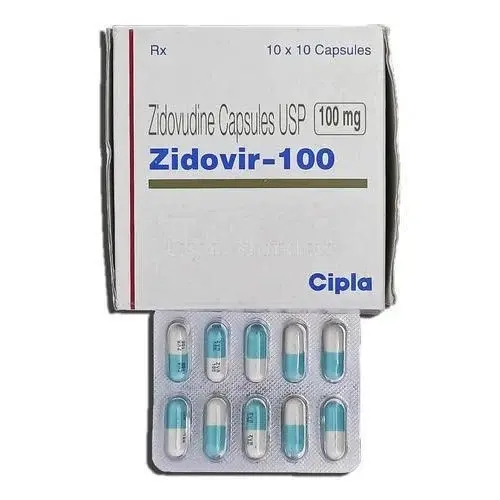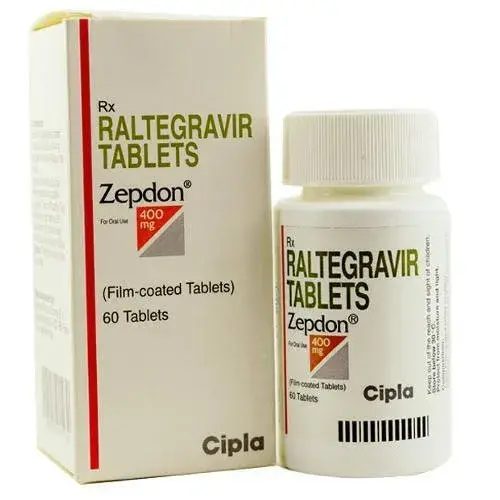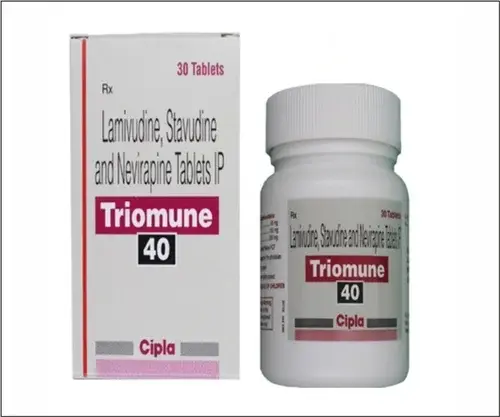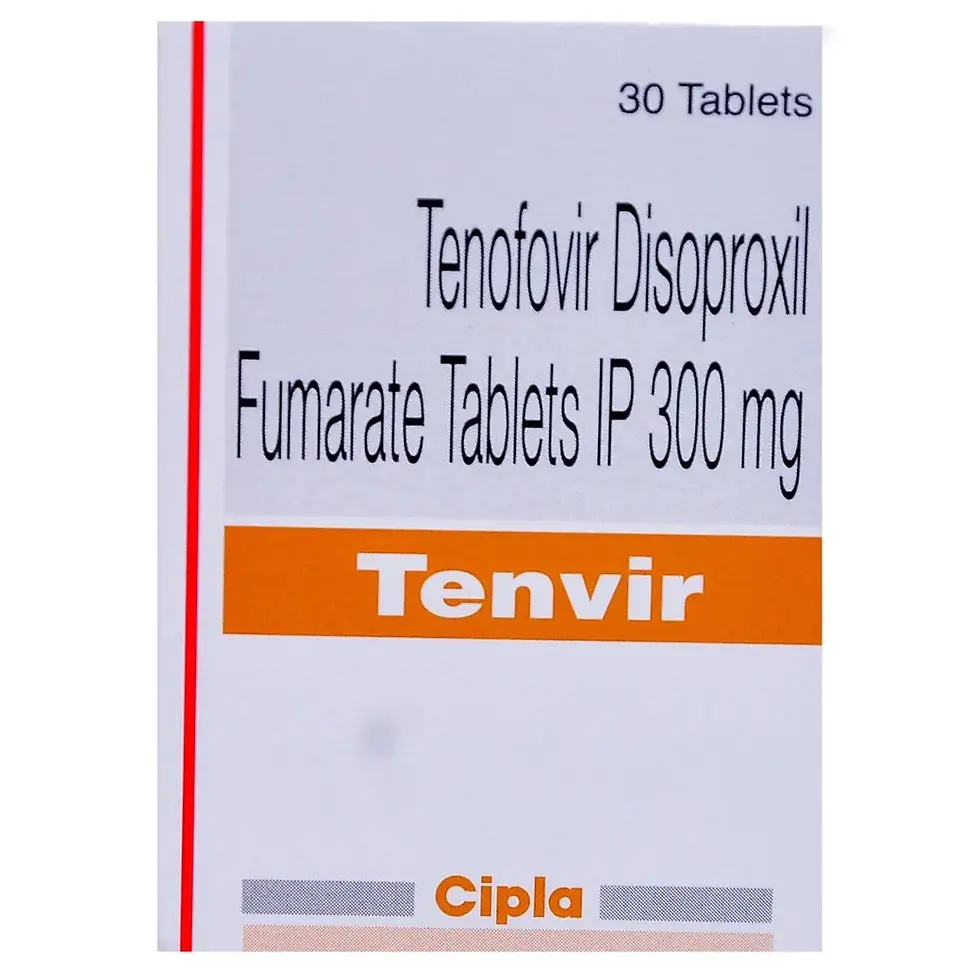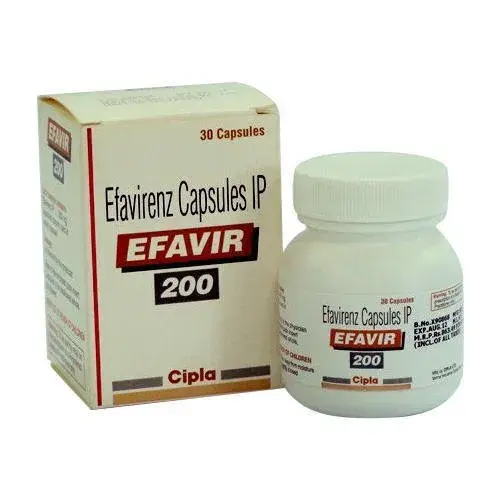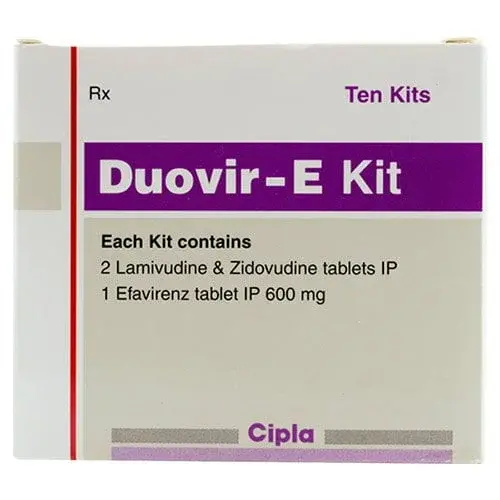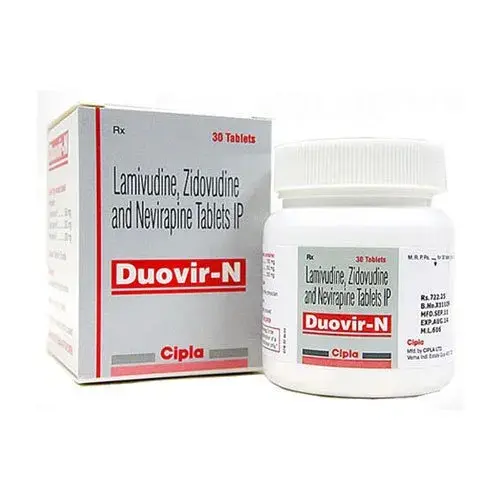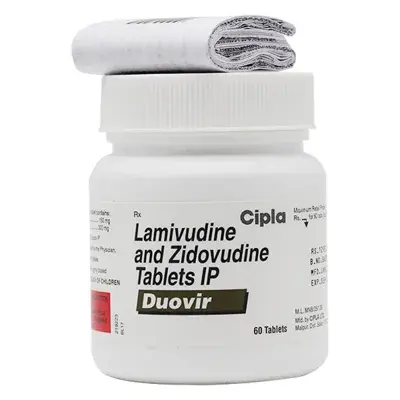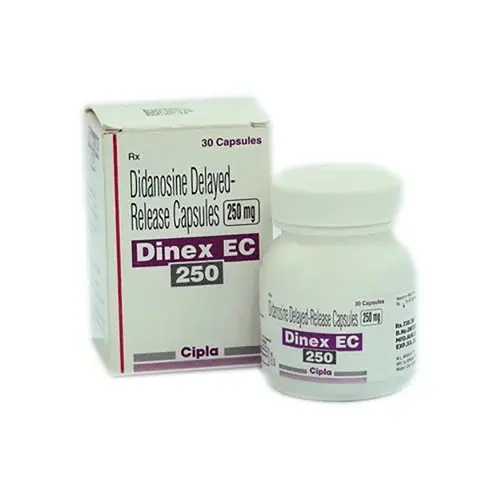Human Immunodeficiency Virus (HIV) is a retrovirus that targets CD4+ T-lymphocytes, gradually weakening the immune system. If untreated, HIV infection can progress to Acquired Immunodeficiency Syndrome (AIDS), characterized by opportunistic infections and certain cancers.
-
Acute (2–4 weeks post-exposure):
-
Fever, sore throat, swollen lymph nodes, rash, muscle aches
-
-
Clinical Latency (years):
-
Often asymptomatic but ongoing viral replication and gradual CD4 decline
-
-
Progression to AIDS:
-
Persistent fevers, night sweats, chronic diarrhea, rapid weight loss, severe fatigue, opportunistic infections (e.g., oral thrush, PCP pneumonia)
-
-
-
Bloodborne Exposure: Sharing needles or syringes
-
Sexual Transmission: Unprotected vaginal, anal, or oral intercourse with an HIV-positive partner
-
Perinatal Transmission: From mother to child during pregnancy, delivery, or breastfeeding
-
Occupational Exposure: Needlestick injuries in healthcare settings
-
Blood Transfusion (rare in screened supplies): Receiving contaminated blood products
-
-
Poor Adherence to ARV Therapy: Missing doses leads to viral rebound and resistance
-
Co-Infections: Tuberculosis, hepatitis B/C can accelerate CD4 decline
-
High Viral Set Point: Higher initial viral load predicts faster progression
-
Malnutrition & Stress: Weaken overall immune resilience
-
Substance Use: Alcohol and drugs that impair adherence and immunity
-
-
Screening Tests:
-
Fourth-Generation HIV Antigen/Antibody Assay detects p24 antigen and antibodies by ~2–4 weeks post-infection
-
-
Confirmatory Tests:
-
HIV-1/HIV-2 Antibody Differentiation Assay
-
Nucleic Acid Test (NAT) for viral RNA if early infection suspected
-
-
Baseline Evaluation:
-
CD4 Count: Measures immune status
-
HIV Viral Load (RNA PCR): Quantifies active replication
-
Resistance Testing: Guides regimen selection
-
-
-
Nucleoside/Nucleotide Reverse Transcriptase Inhibitors (NRTIs):
-
Tenofovir disoproxil fumarate, Tenofovir alafenamide, Lamivudine, Emtricitabine
-
-
Non-Nucleoside Reverse Transcriptase Inhibitors (NNRTIs):
-
Efavirenz, Rilpivirine
-
-
Integrase Strand Transfer Inhibitors (INSTIs):
-
Dolutegravir, Bictegravir, Raltegravir
-
-
Protease Inhibitors (PIs):
-
Atazanavir, Darunavir (usually boosted with Ritonavir or Cobicistat)
-
-
Entry/Fusion Inhibitors:
-
Enfuvirtide, Maraviroc for resistant or salvage regimens
-
-
Fixed-Dose Combinations:
-
Single-tablet regimens (e.g., TDF+FTC+DTG) for once-daily adherence
-
-
Pre-Exposure & Post-Exposure Prophylaxis:
-
PrEP (e.g., TDF+FTC) and PEP protocols to prevent acquisition or progression after exposure
-
-
Q1: How soon should antiretroviral therapy (ART) start after diagnosis?
A: Current guidelines recommend initiating ART as soon as possible—ideally within days of diagnosis—to preserve immune function and reduce transmission risk.
Q2: Can HIV be cured?
A: There is no definitive cure; ART suppresses viral replication to undetectable levels, but lifelong therapy is necessary to maintain control.
Q3: What does “undetectable = untransmittable” mean?
A: Consistently undetectable viral load on ART prevents sexual transmission of HIV.
Q4: How often are viral load and CD4 counts monitored?
A: Typically every 3–6 months until stable, then every 6–12 months, depending on clinical status.
Q5: What are common side effects of ARVs?
A: Side effects vary by class—NRTIs may cause nausea or renal effects; NNRTIs can cause rash or CNS symptoms; INSTIs are generally well-tolerated but may induce weight gain. Regular monitoring mitigates

